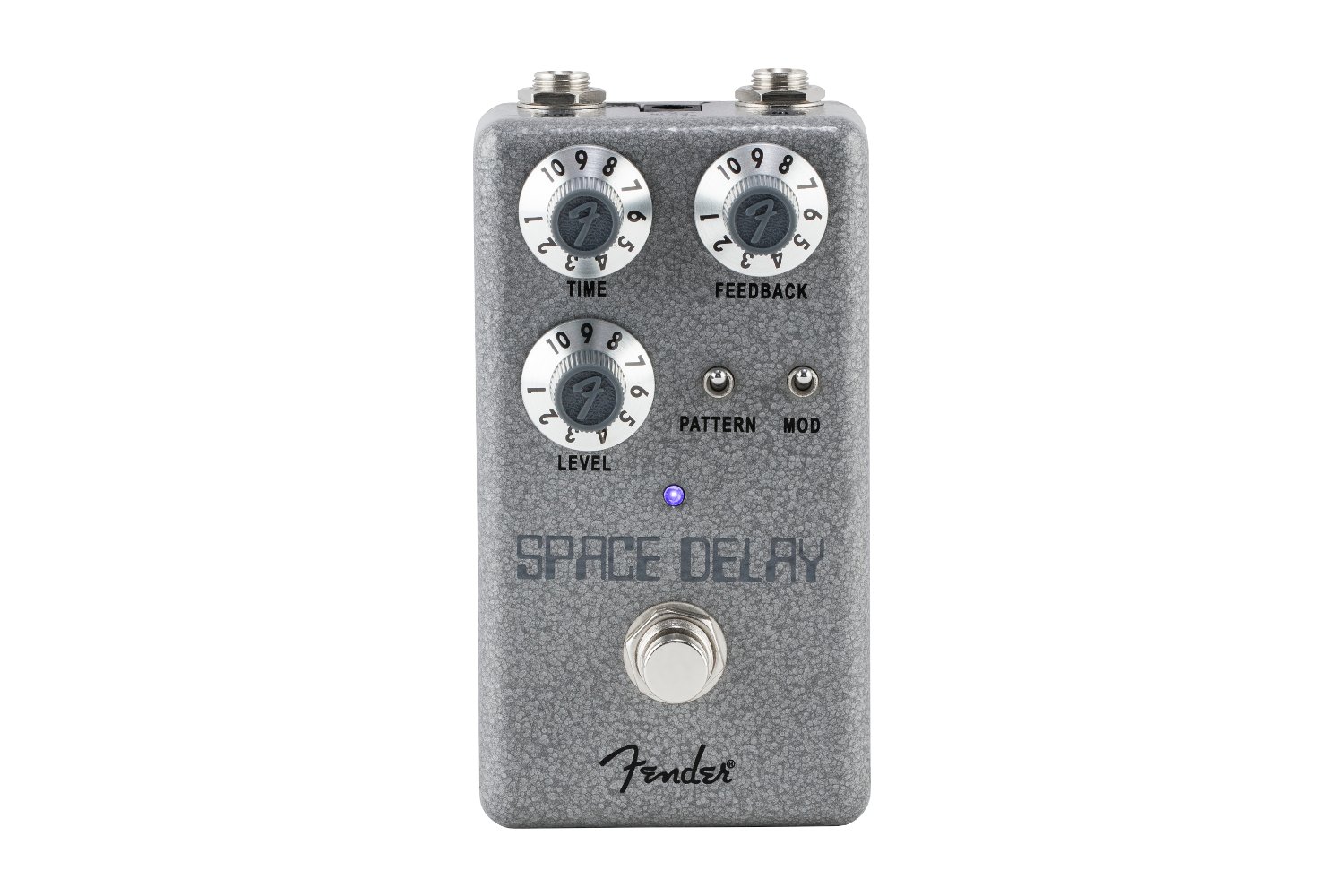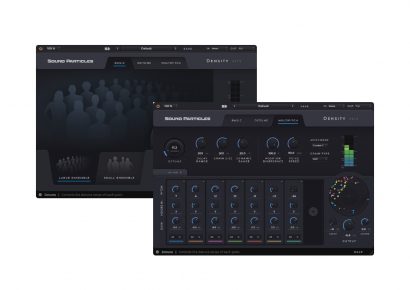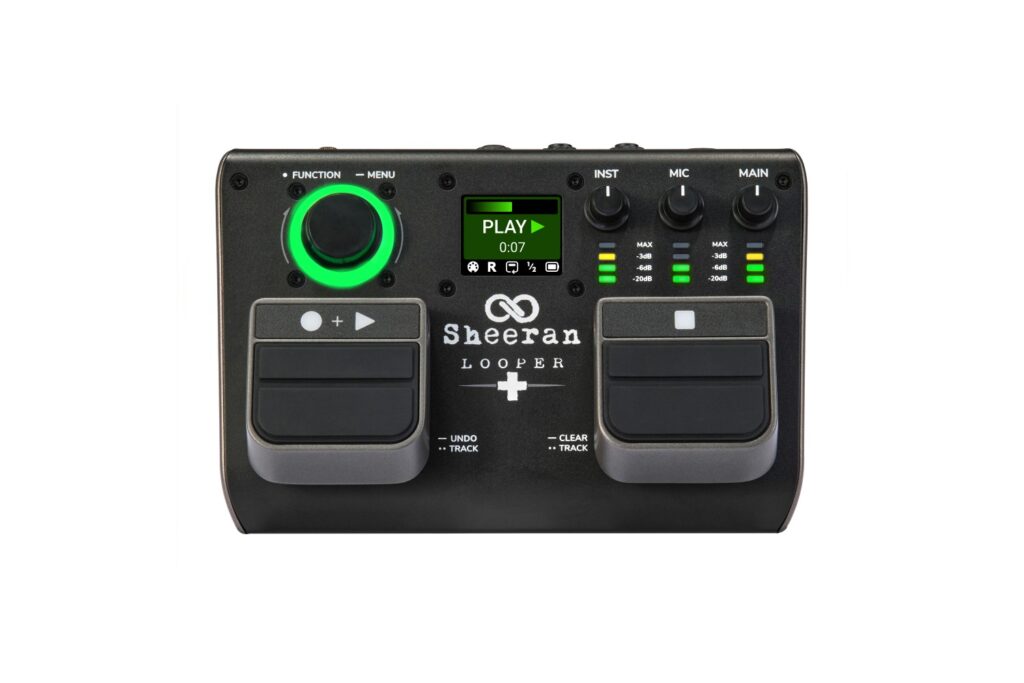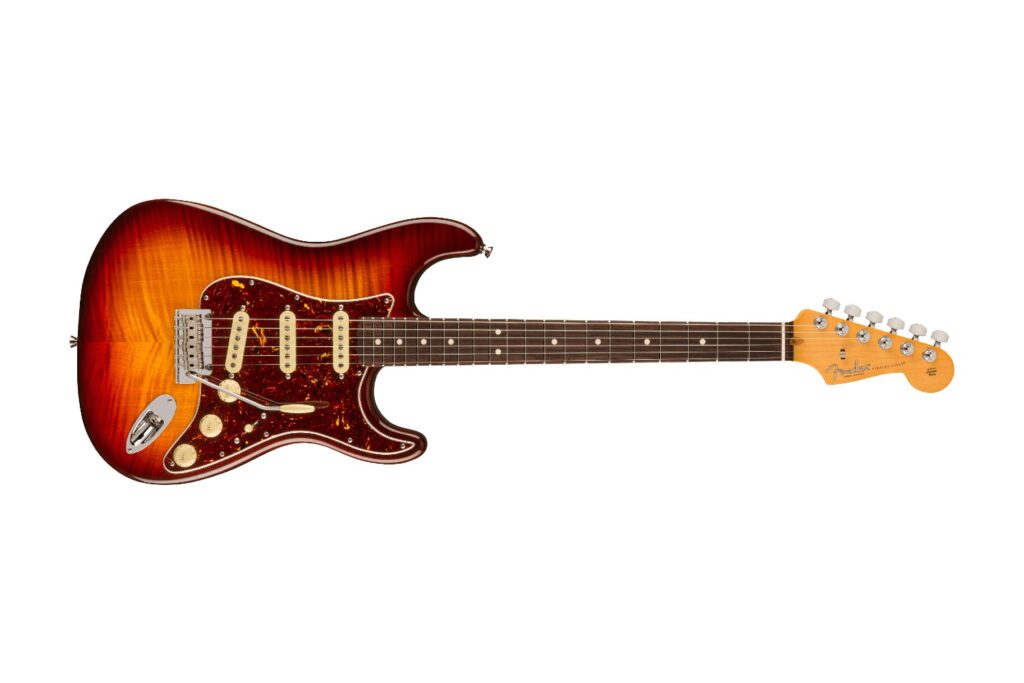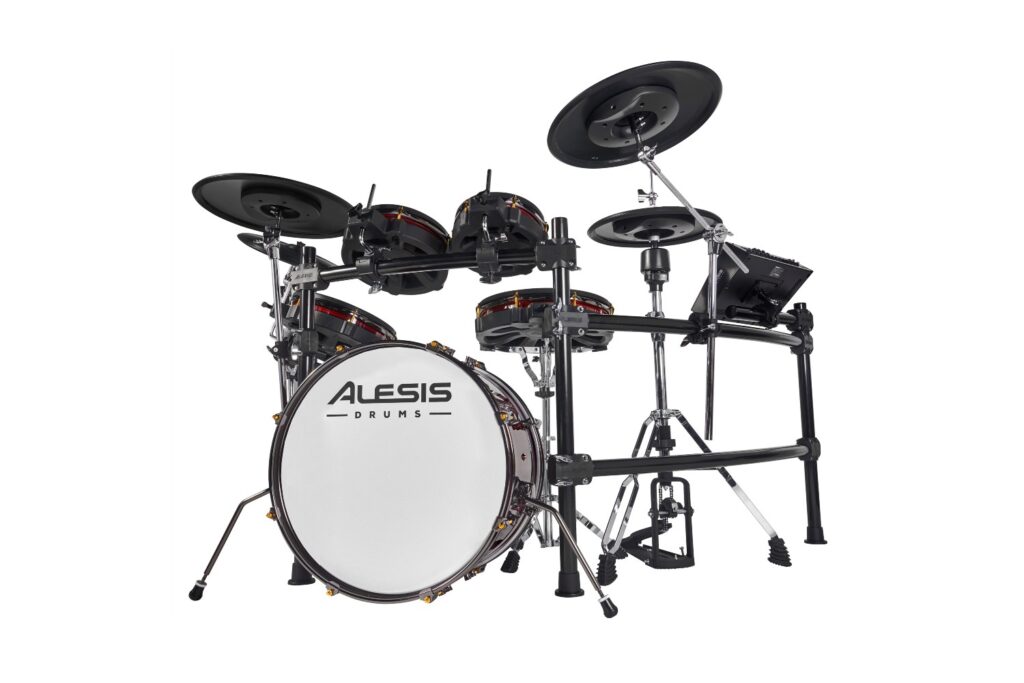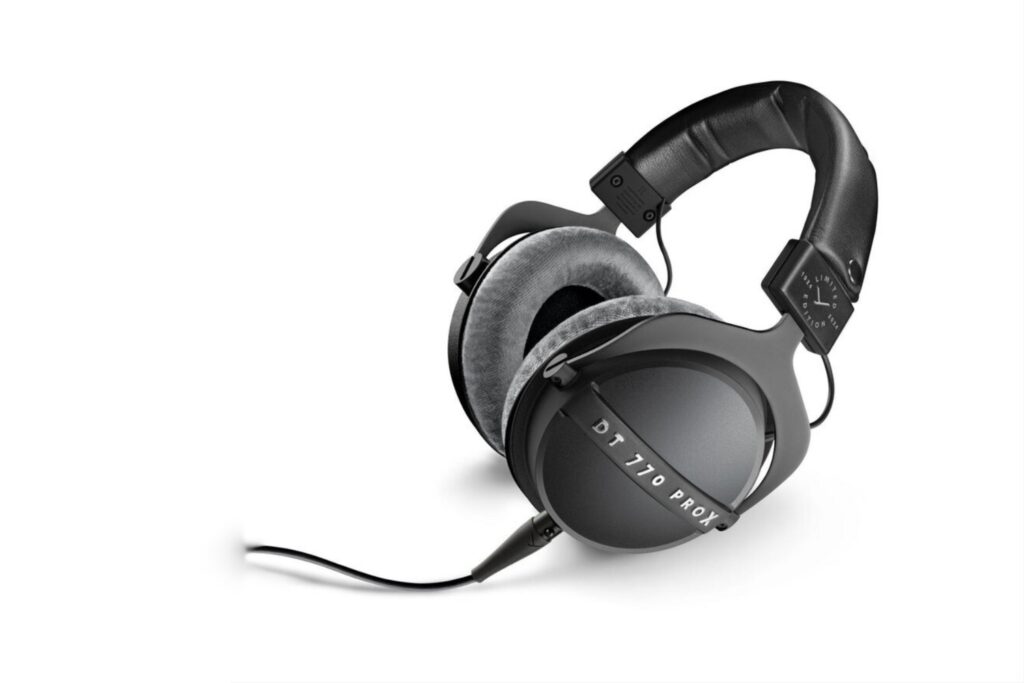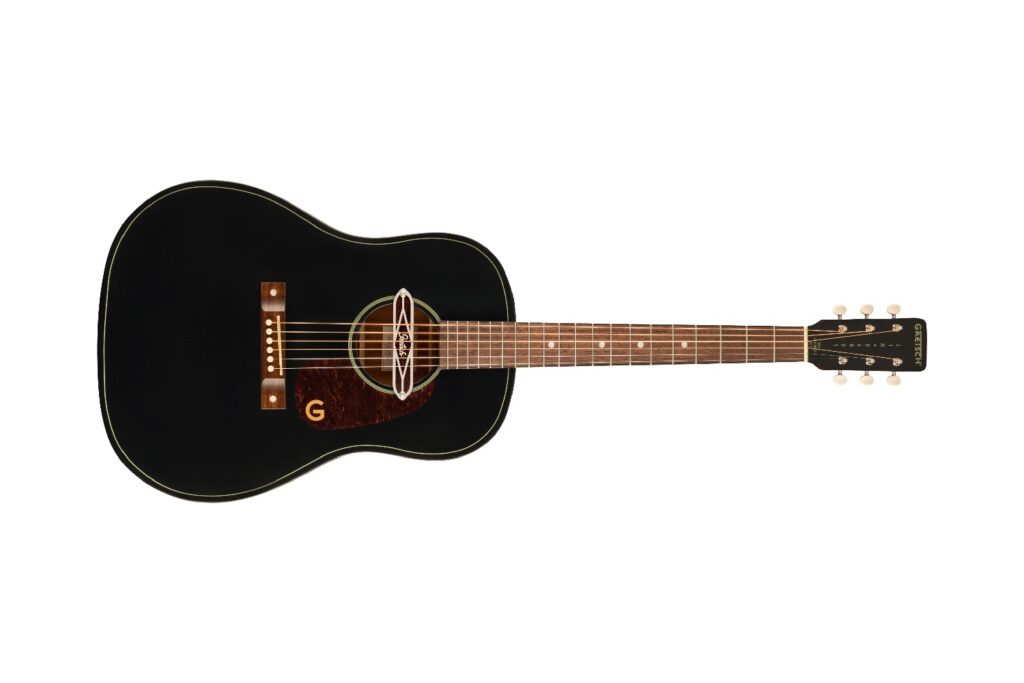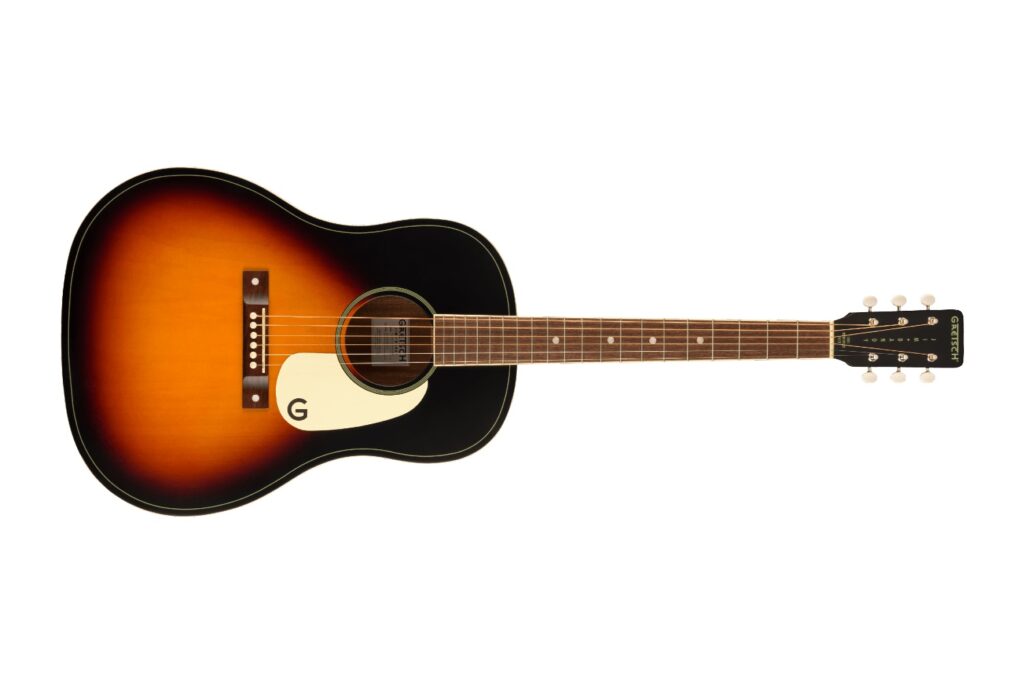Fender Australia | Price: $199
Often, when one is asked to ruminate on the word ‘space’, several disparate images swirl giddily to mind. For some, the wry grins and inimitable genius of explainers of the universe like Carl Sagan or Neil DeGrasse Tyson pop up like nerdy old friends. For others, it’s the endless blackness of the abyss beyond the ozone layer that creeps up menacingly behind their eyelids.
For a happy-go-lucky third set, the mind quickly becomes awash with classic ‘60s sci-fi like Lost In Space, The Jetsons, The Day The Earth Stood Still, or any number of other retrospectively goofy yet undeniably formative titles in Hollywood backlot history.
Read more product reviews here.
Where, if anywhere, would this third subset be without the now-iconic soundtracks to such masterstrokes of fantastical storytelling, replete as they were with tricks conjured by film scorers and foley artists alike on tape machines of old? Fiddly as they may have been, these giddy, ascendant, chaotic, warbling, mysterious, and ultimately complex Pandora’s boxes were and continue to be not only portals to a sonic world matched solely by the frenzied imagination whipped up in the writers’ room, but in turn have inspired generations of musicians to apply that same improvised wizardry to their music. Not to mention the glorious sun-soaked colour they give a recorded signal when the heads are pared back! Countless companies have tried to replicate this mania in the decades since using a variety of analogue, digital, and otherwise techniques, but few have managed to recreate the unadulterated goofiness to be found in the farthest reaches of tape echo space. This is where Fender’s new Hammertone Space Delay steps in.
I’ll be honest, when I first read the press release for the Hammertone line, I assumed it was Leo’s torch bearers having a crack at the lowest end of the market with a scaled-back version of their already successful line of bigger-boxed essentials. I flippantly wondered why they felt the need to jump into the shallow end of so populous a pool when units like their Santa Ana overdrive, Pinwheel rotary speaker emulator, and The Bends compressor are already doing a bang-up job of giving younger effects heavyweights a run for their money. The Space Delay, and indeed the Fuzz reviewed elsewhere in this issue, quickly make the rationale abundantly clear. These pedals are not what their unassuming, hammered finish, more board-friendly sized casings would have you assume. They are far from, in fact, a line of budget stomp-boxes for people looking for a Reflecting Pool or Mirror Image on a shoestring. Rather, they are the kookier, wilder, more anarchic sidekicks, standing defiantly beside the main characters that Fender’s engineers have already written into history. It’s almost as if, in the process of designing the original line-up as the be-all-and-end-all of its designated effect type, they picked up a few brackish, bratty stragglers along the way. The Hammertone series is their way of giving rise to a wilder and more fun branch to the Fender family tree.
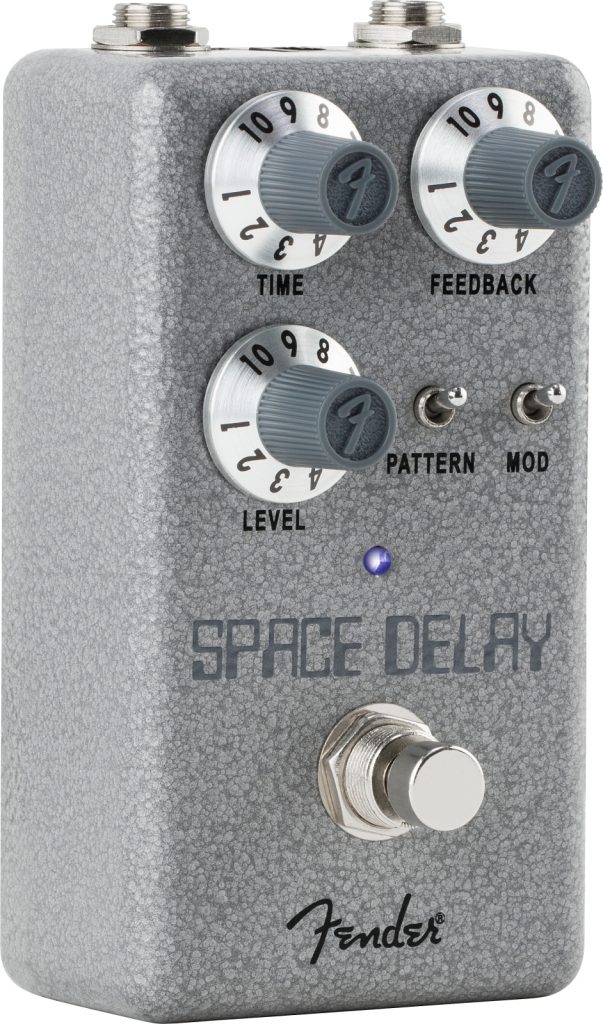
On the surface, the Space Delay is a simple enough offering. The austere, radio parts store gray chassis proudly sports three F-stamped, witch hat knobs and two switches; a vista familiar enough to anyone who’s ever stood in front of the pedal cabinet at their local emporium. Delay time, feedback, and overall effect level are accompanied by a modulation switch, emulating the choral wooziness and glimmer of over-ripe tape, and a switch intriguingly stamped ‘pattern’. First off, one thing this pedal has going for it is the length of delay time afforded to the user. 950ms is nothing to baulk at when most other similarly-priced units can only muster around the 500ms mark. The modulated effect, which can be tweaked and tamed more or less by two internal trim-pots for the less adventurous among us, is considerably deeper and more present straight out of the box than evidenced by some of the tried and true riffs on a similar theme.
Add these two factors to the fact that, at full tilt, the feedback dial goes all the way up to shoegaze-baiting self-oscillation (at a tastefully listenable volume mind), and you are afforded a good amount of variation, which, if we’re honest, is more likely what we all came here for in the first place. This is where it gets interesting, however. The pattern switch is truly what makes this unit as realistically usable as it is fun and wild. Fender’s engineers have done well in choosing three tape head combinations, a simple slap-back repeat, a trippy triplet, and a pre-delay imitating short/long style one-two punch, that give you almost limitless textural possibilities.
At this point, I should chastise myself for having too much of an inclination toward cynicism. I pulled Fender’s newest creation out of its humble, hand-stamped, white cardboard packaging, and feebly anticipated something I’d already heard thousands of times over. How wrong I was! A company as big as Fender does not need to waste its dear devotees’ time pandering to paltry pockets and cheap money grabs for real estate on every pedalboard in the rock world! Instead, in the Hammertone series as I’ve experienced thus far, especially the Space Delay, they simply want to show us some other cool stuff they found along the way, all the while quietly making it indispensable to our sound.
Not only are there fully functioning crisp delay, hearty slap-back, and darkened echo sounds on tap, but also a raft of outliers, heretofore unimagined by the merest of delay pedals, but no less bound to become a signature part of our sonic explorations henceforth. If you think you’ve already got everything a tape-style delay can do on your board, think again. Fender has got something cool you need to hear.
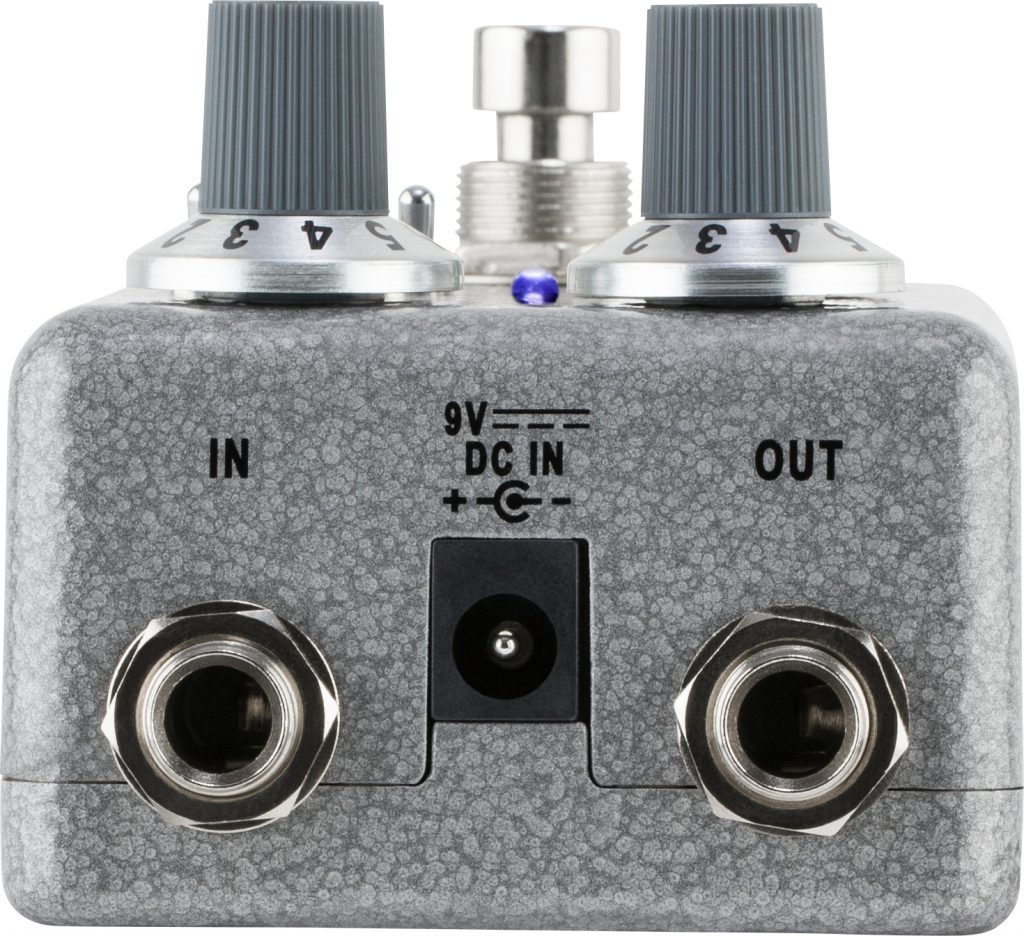
Head to Fender for more information.
